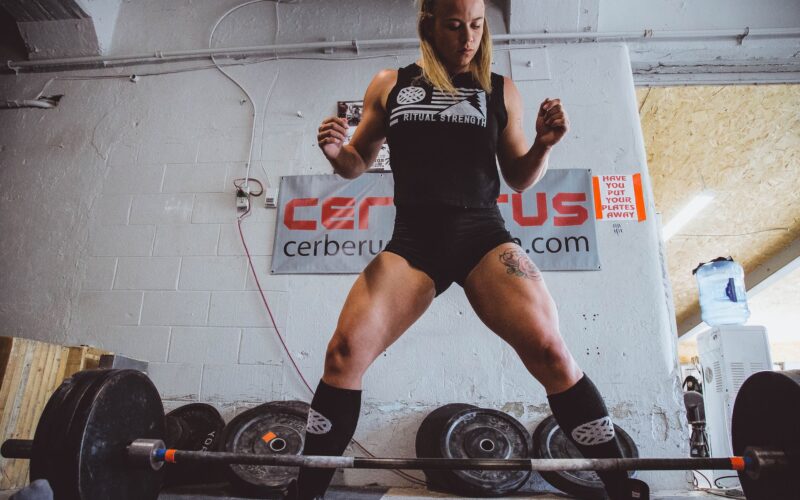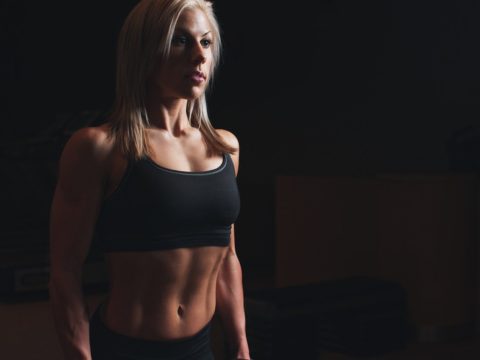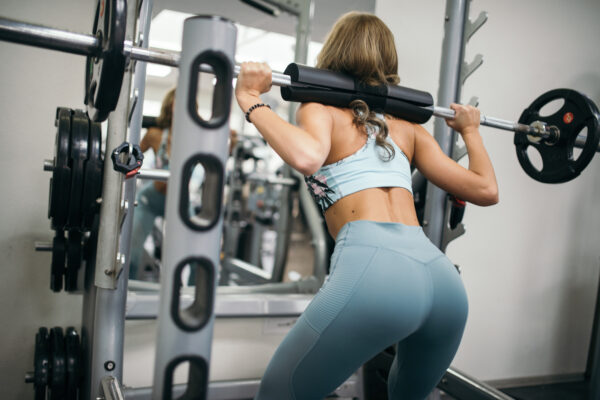If you’re looking to build bigger legs, you’re in the right place. Strong, muscular legs are not only aesthetically pleasing but also functional for everyday life and look great with six pack abs! From squats to lunges to deadlifts, there are plenty of exercises that will help you build bigger, stronger legs. In this article, we’ll discuss how to build bigger legs, from the exercises you should be doing to the nutrition you need to fuel your gains.
Exercises to Build Bigger Legs
- Squats: Squats are the king of leg exercises, targeting the quadriceps, hamstrings, and glutes. Start by standing with your feet shoulder-width apart, then lower your body down as if sitting in a chair. Keep your weight in your heels, and push back up to the starting position. Aim for 3-4 sets of 8-12 reps.
- Lunges: Lunges are excellent for targeting your quads, hamstrings, and glutes. Start by standing with your feet hip-width apart, then step forward with one leg, lowering your body down until your back knee is just above the ground. Push back up to the starting position and repeat on the other leg. Aim for 3-4 sets of 10-12 reps on each leg.
- Deadlifts: Deadlifts are not only great for your legs but also for your back and core. Start with your feet shoulder-width apart and your toes pointing forward. Keeping your back straight, bend down and grab the barbell with an overhand grip. Lift the bar up to your hips, then lower it back down. Aim for 3-4 sets of 8-12 reps.
- Leg Press: The leg press machine is an excellent way to target your quads, hamstrings, and glutes. Start by sitting in the machine with your feet on the platform, then push the platform away from your body until your legs are straight. Slowly lower the platform back down, keeping your knees slightly bent. Aim for 3-4 sets of 8-12 reps.
- Calf Raises: Building bigger legs isn’t just about the thighs and glutes. Calf raises are essential for building the lower leg muscles. Start by standing on the edge of a step, then raise your heels up as high as possible, then lower them back down. Aim for 3-4 sets of 15-20 reps.
Nutrition for Bigger Legs
To build bigger legs, you need to make sure you’re eating enough calories and protein. Protein is crucial for muscle growth, so aim to eat a source of protein with every meal. Chicken, turkey, fish, and eggs are all excellent sources of protein.
Carbohydrates are also essential for fueling your workouts and providing energy for muscle growth. Whole grains, fruits, and vegetables are excellent sources of carbohydrates.
Finally, don’t forget about healthy fats. Foods like nuts, avocados, and olive oil can help to fuel your workouts and provide essential nutrients for your body.
Recovery for Bigger Legs
Building bigger legs is not just about training and nutrition. Recovery is crucial for allowing your muscles to grow and repair. Make sure to get enough sleep, as this is when your body does most of its recovery and growth.
Foam rolling and stretching can also help to reduce soreness and prevent injury. If you’re feeling particularly sore after a leg day, consider taking an Epsom salt bath or using a massage gun to help ease the tension in your muscles.
Final Thoughts
Building bigger legs takes time, effort, and consistency. It’s important to remember that everyone’s body is different, and it may take longer for some to see results. However, with the right exercises, nutrition, and recovery, anyone can build strong, muscular legs.
Remember to always challenge yourself with heavier weights or more reps to continue to progress. Don’t forget to also mix up your workouts to prevent boredom and plateauing.
Most importantly, have fun with it! Building bigger legs can be tough, but it’s also incredibly rewarding. Stay committed to your goals, and you’ll be on your way to achieving the strong, muscular legs you’ve always wanted.
Brad Goodwin
Brad is personal trainer for PureGym UK and a key contributor to Six Pack Workouts UK and the 12WeekShred program. He specialises in body confidence, body fat reduction, nutritional guidance, strength and conditioning and weight loss with qualifications in various levels of personal training and nutrition.
Related articles
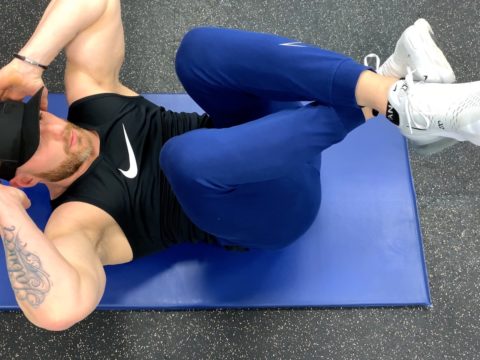
My Top 4 At-Gym Flat Stomach Exercises
Brad GoodwinFeb 08, 2020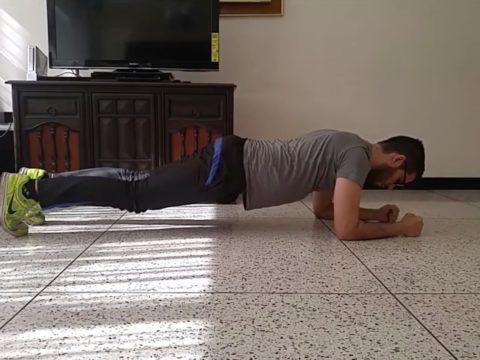
My Top 3 At-Home Flat Stomach Exercises
Brad GoodwinJan 28, 2020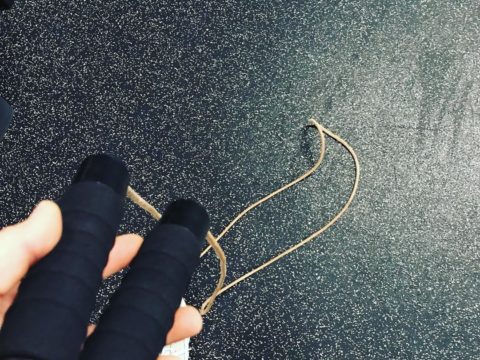
Benefits of Rope Skipping
Brad GoodwinJan 23, 2020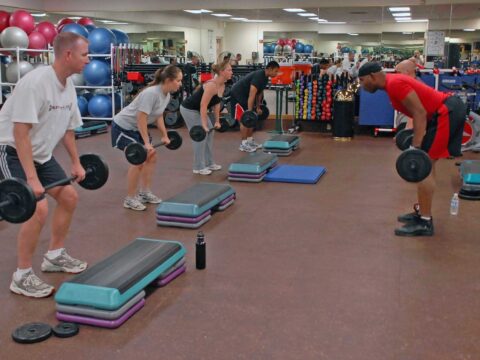
Benefits of Group Exercise
Brad GoodwinJan 21, 2020

